Arabella Spoors - featured portfolio
MISSING FRONT TEETH - Bloodlines
Arabella Spoors (Ōtākou, Ngāi Tahu)
Featured portfolio
Essay by Sally Blundell for PhotoForum, 21 March 2019
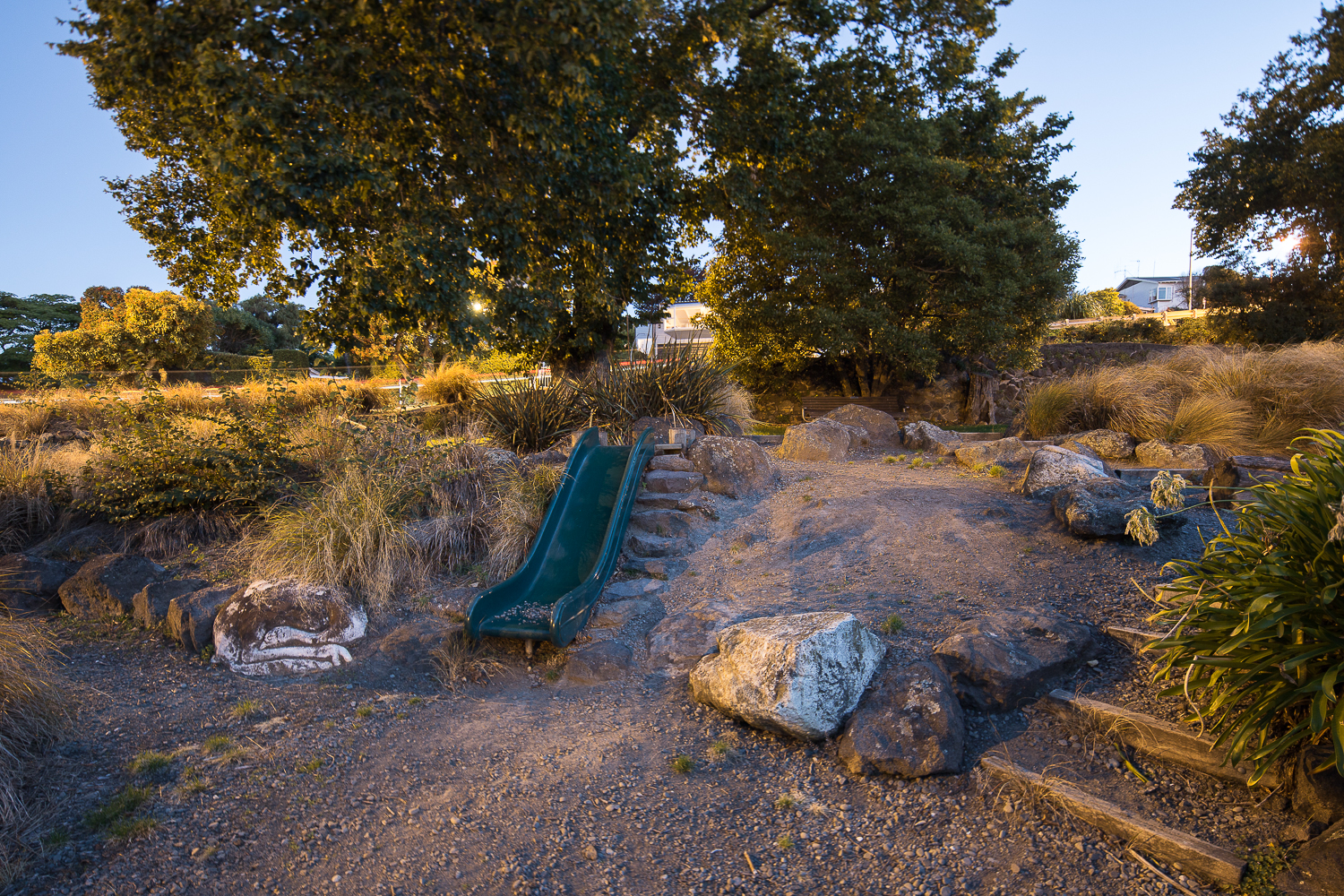
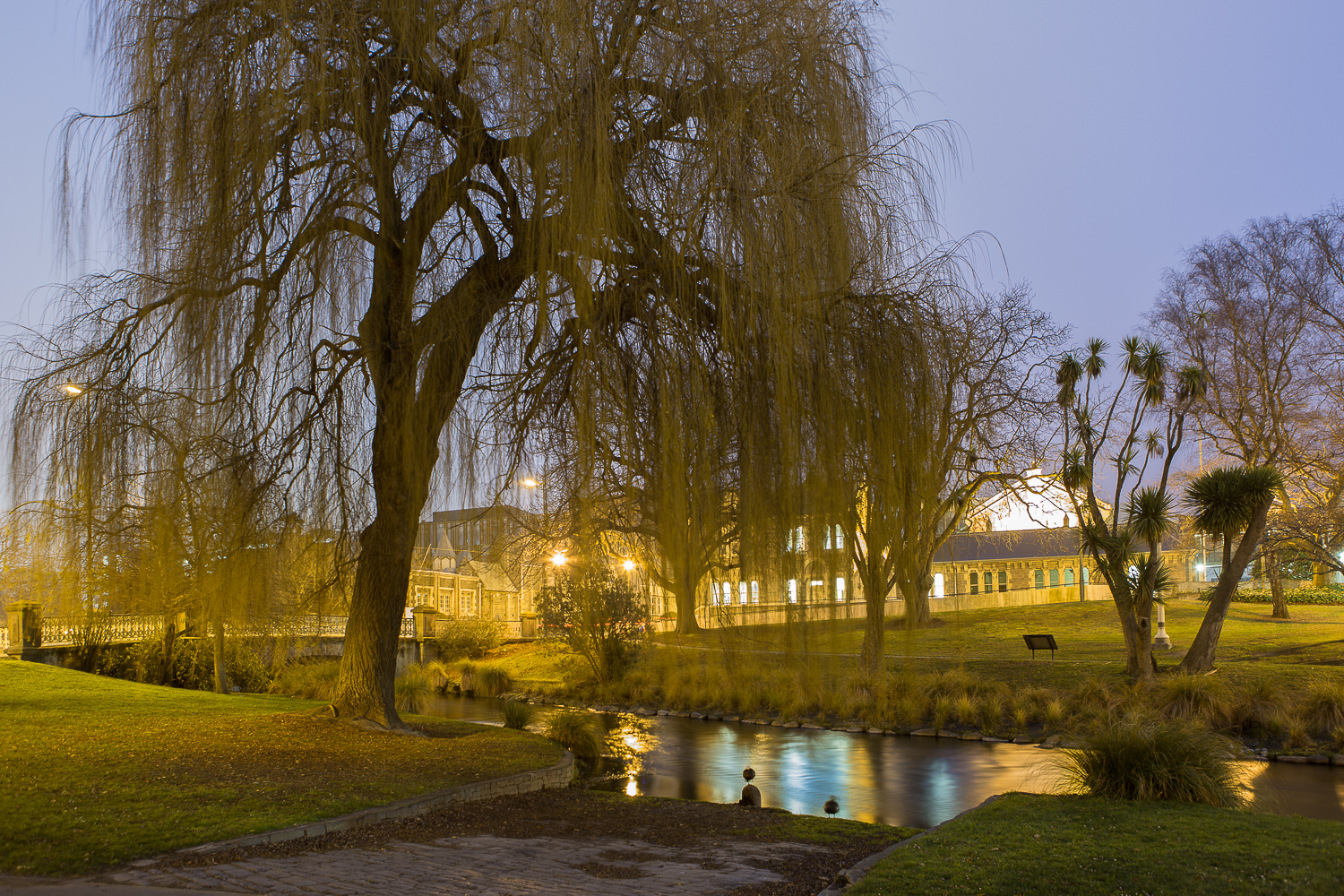
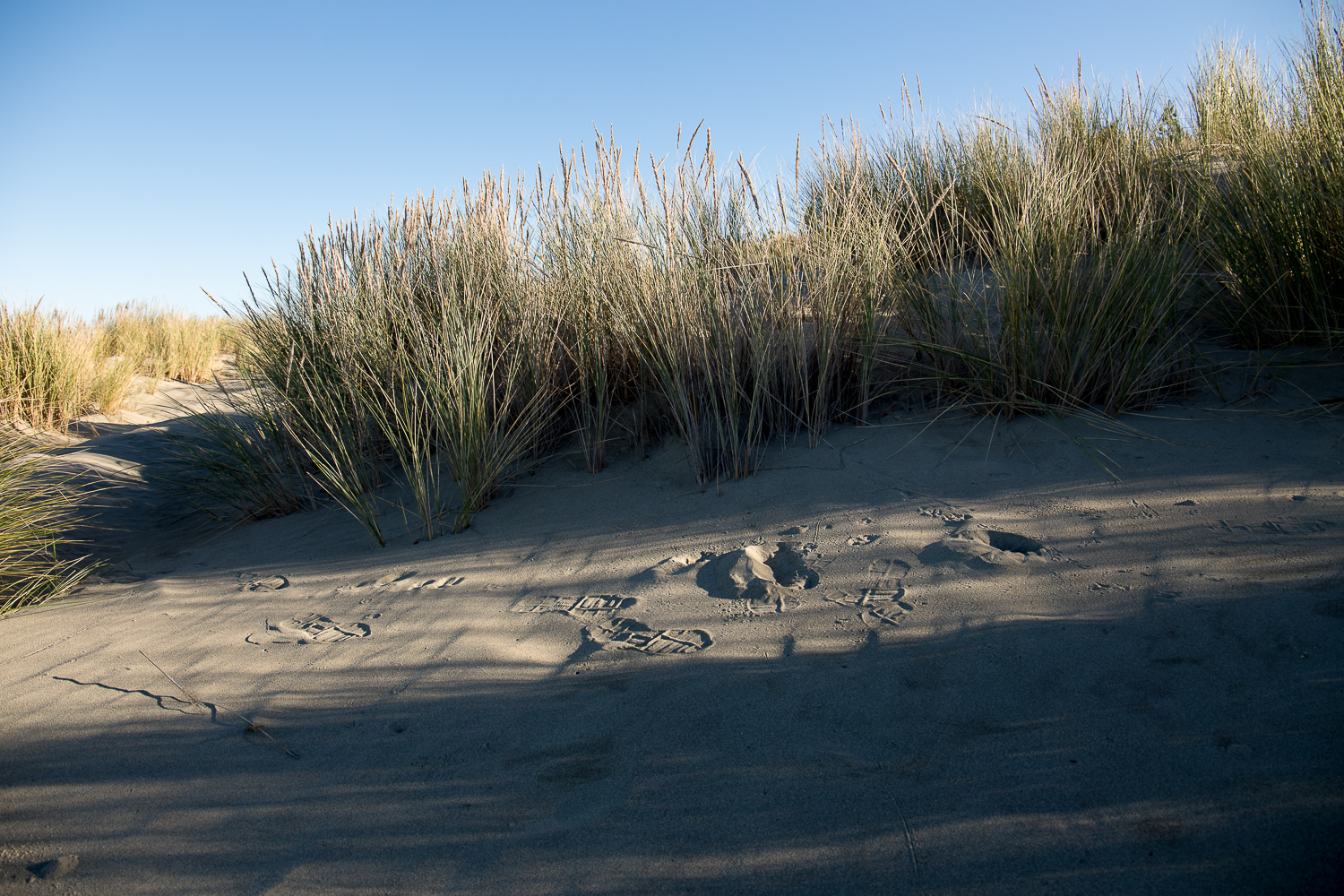
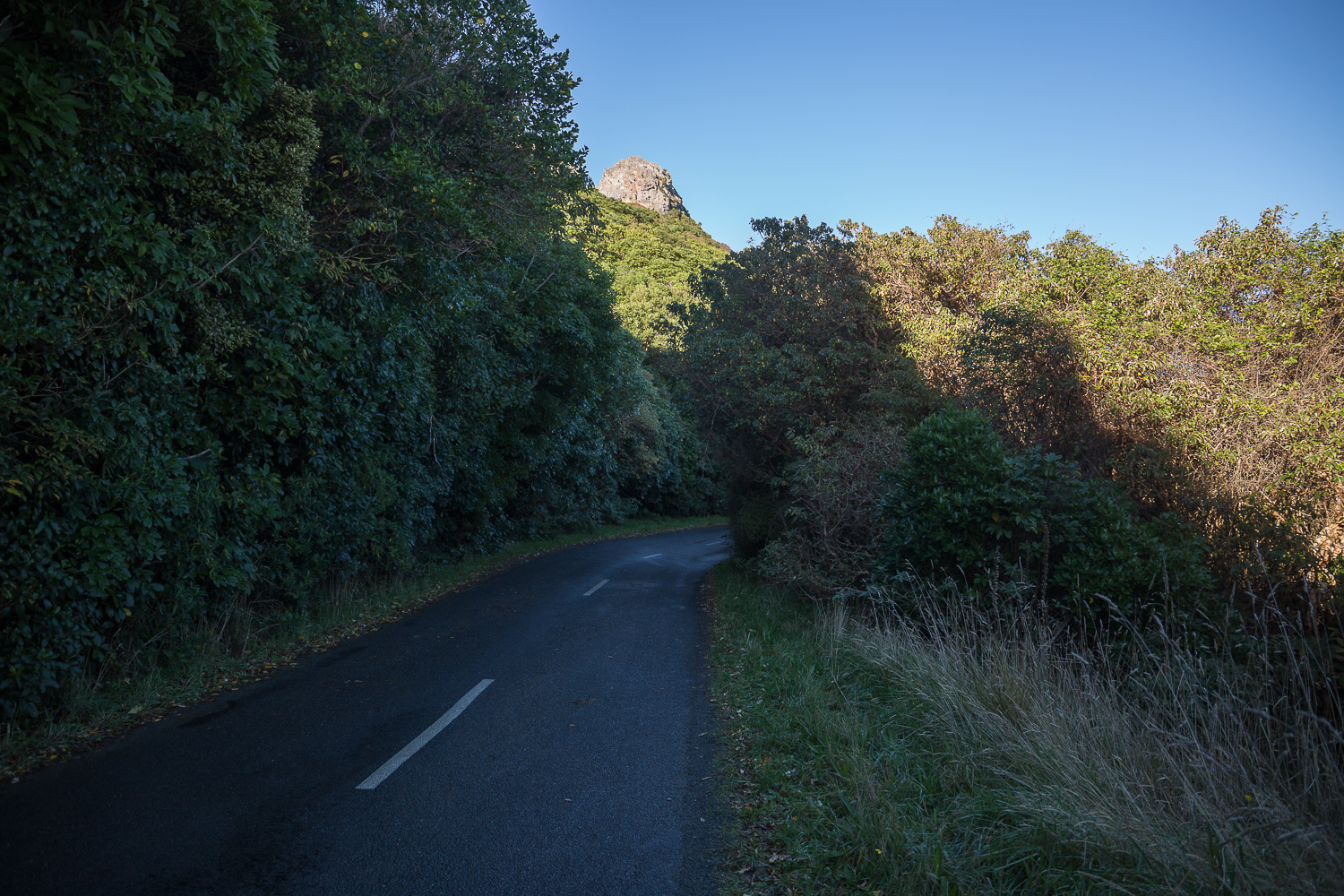

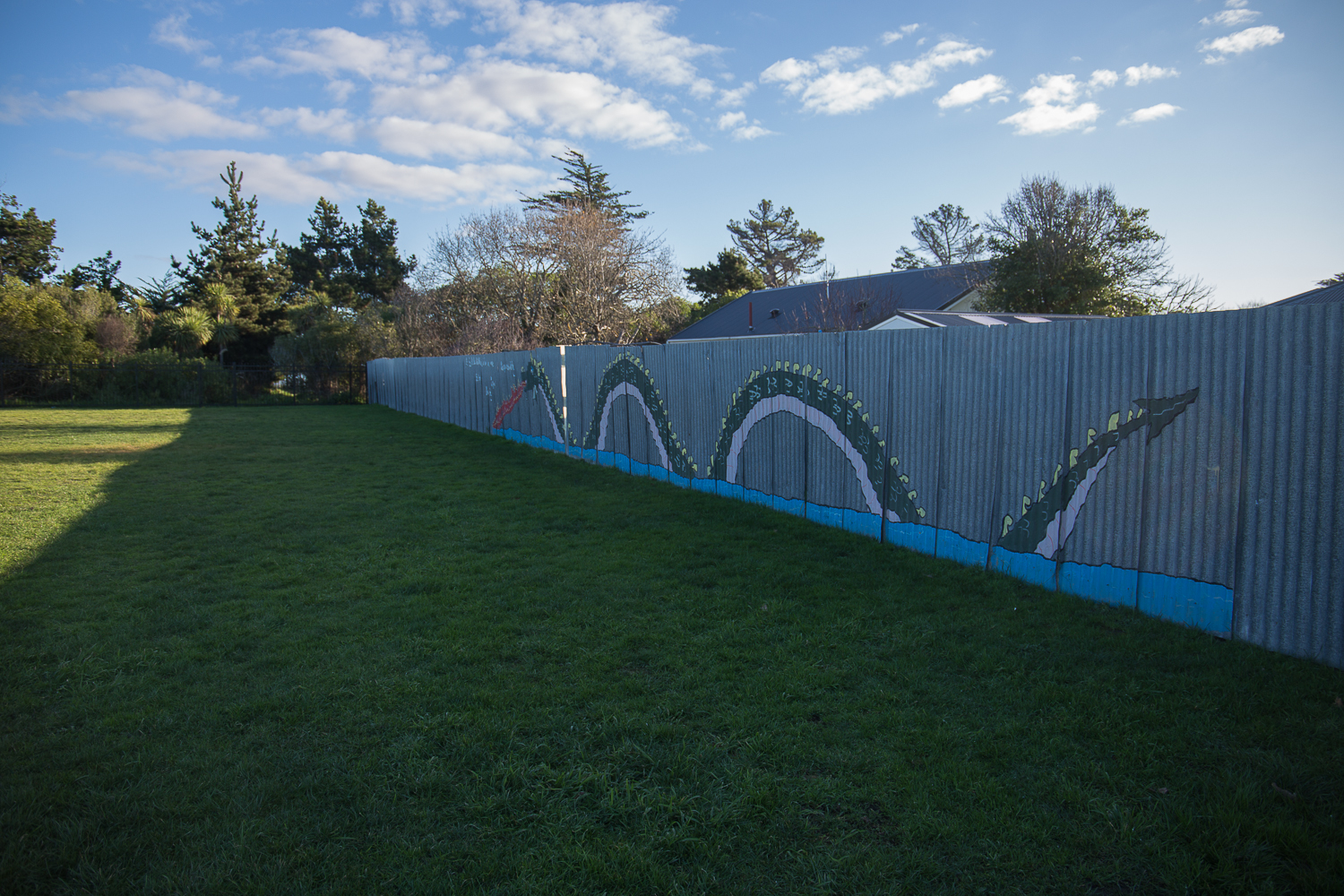
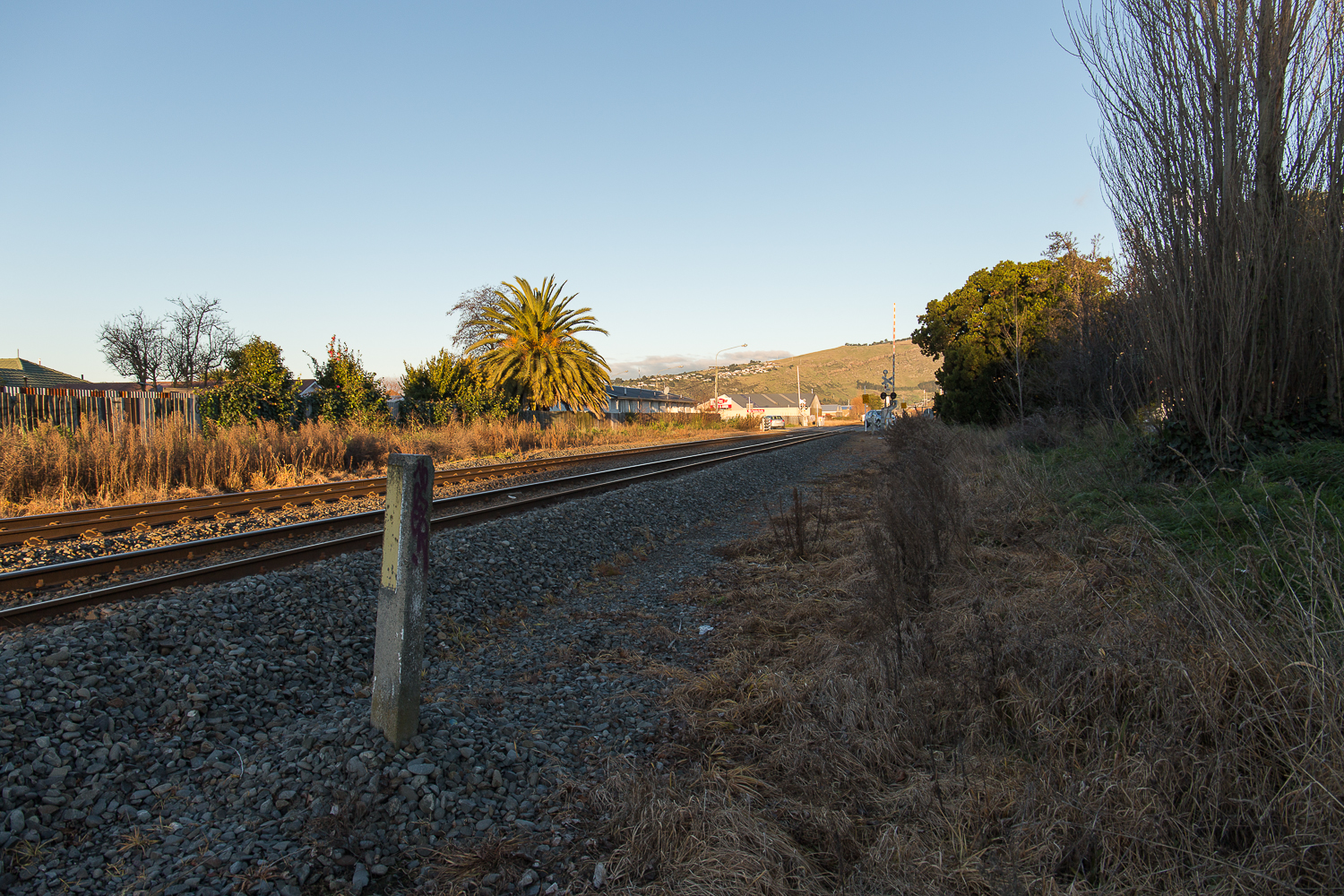
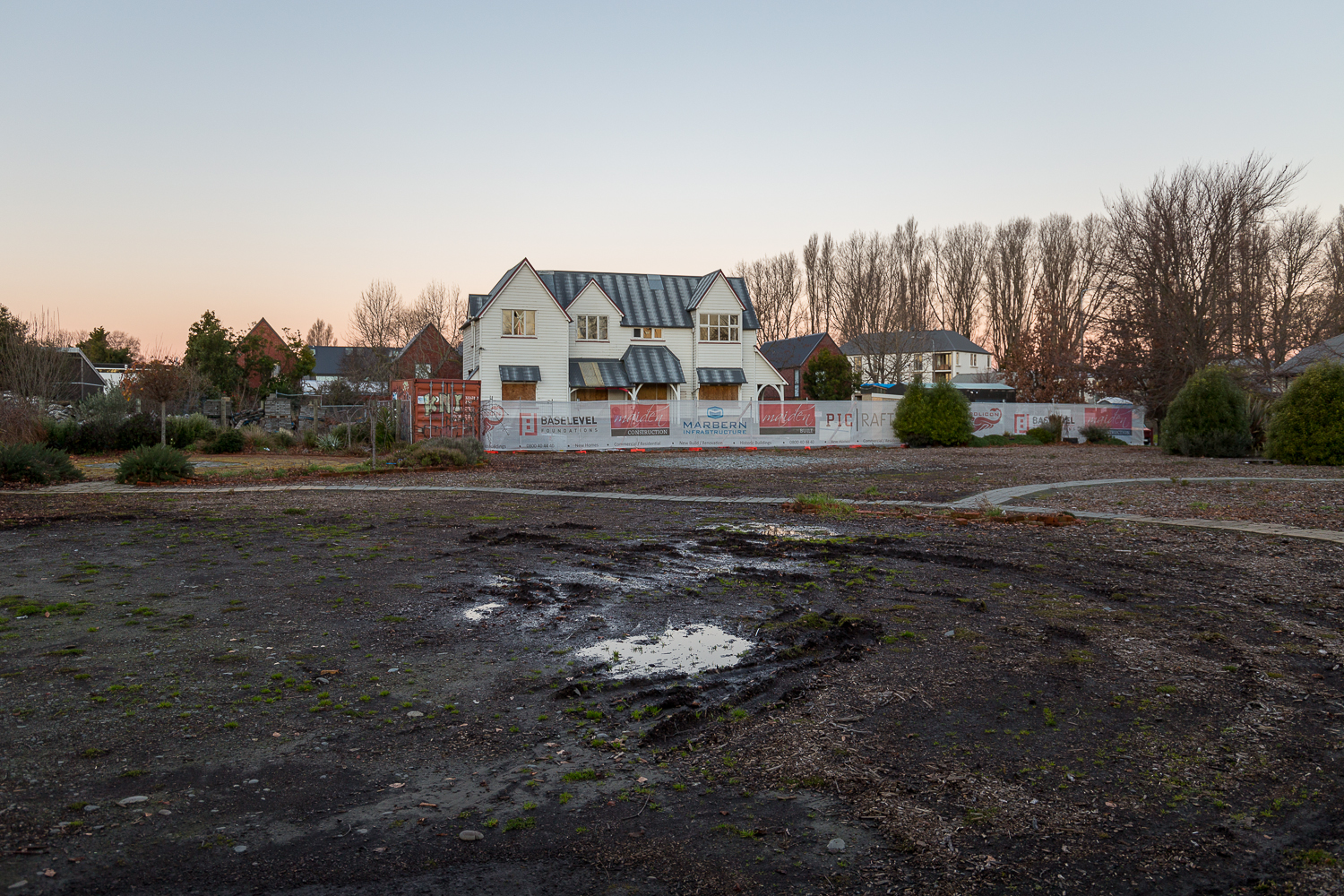
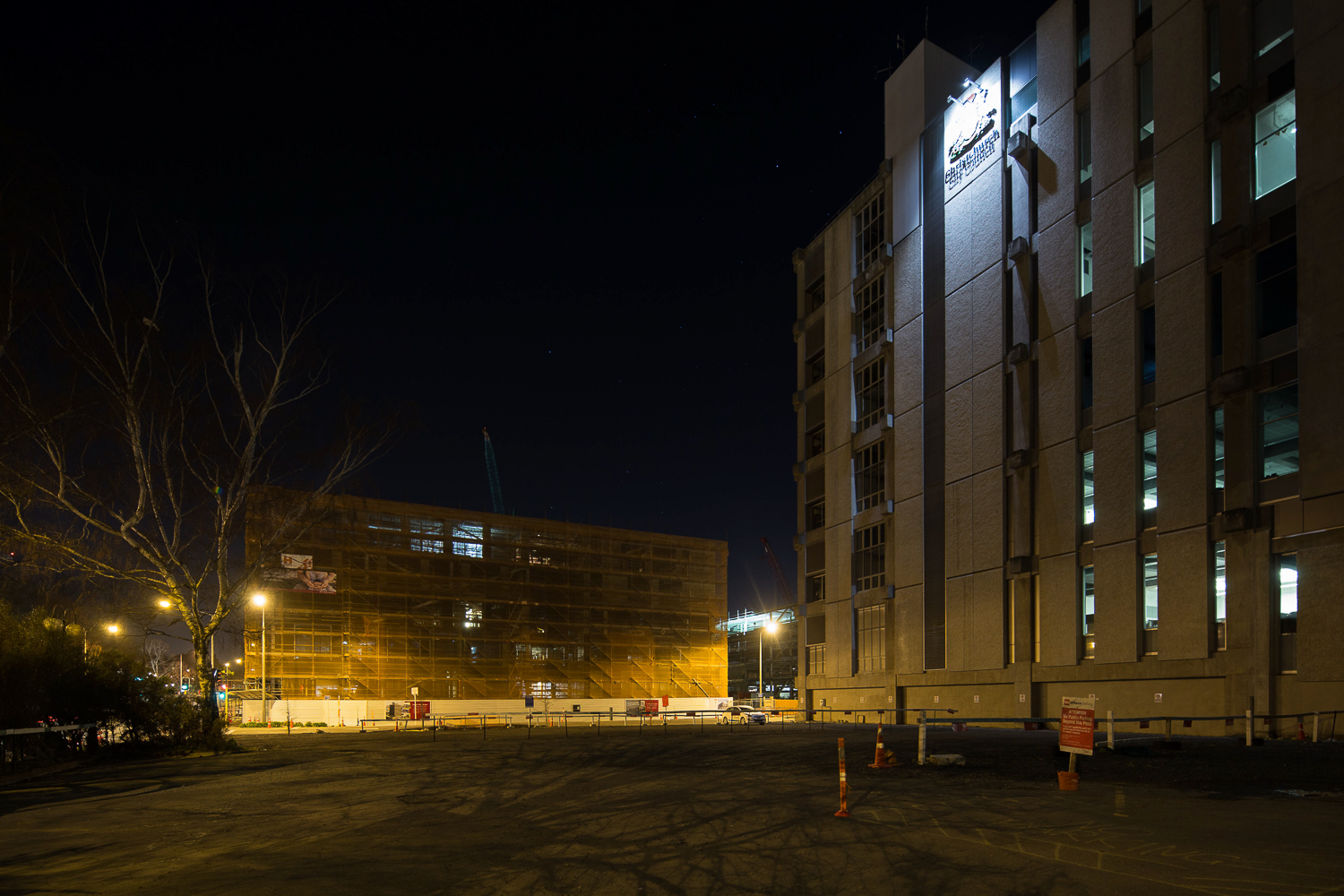
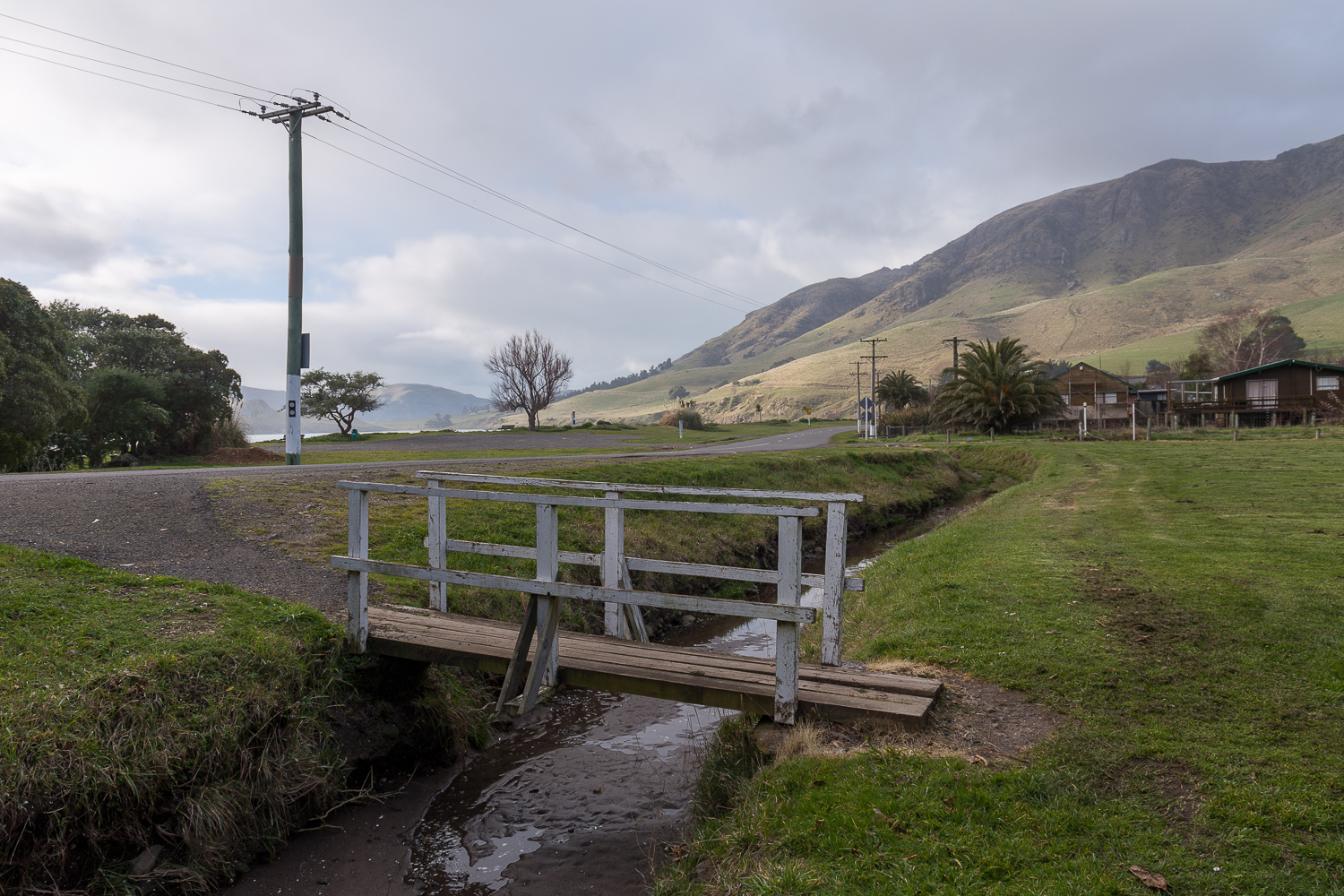

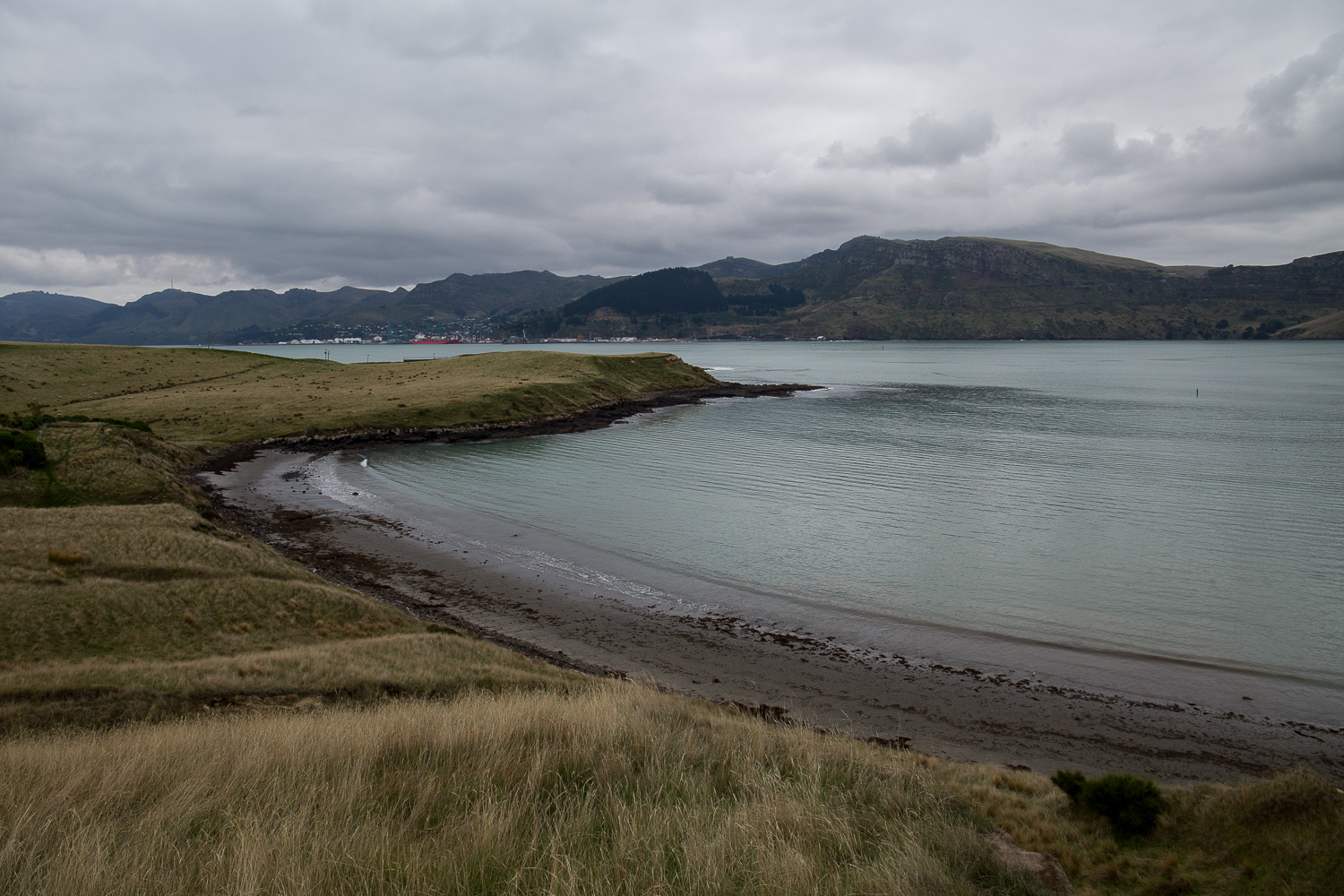

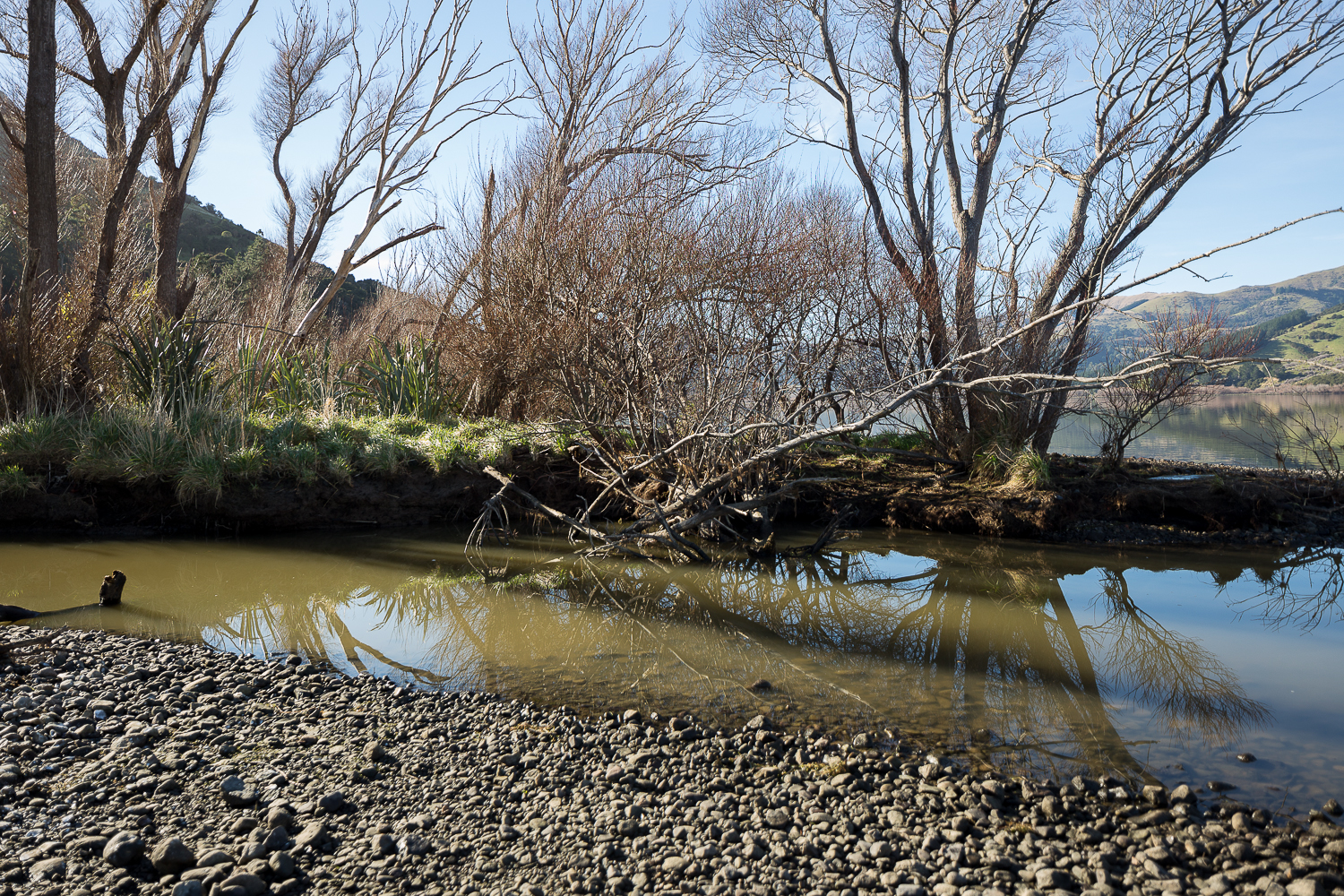
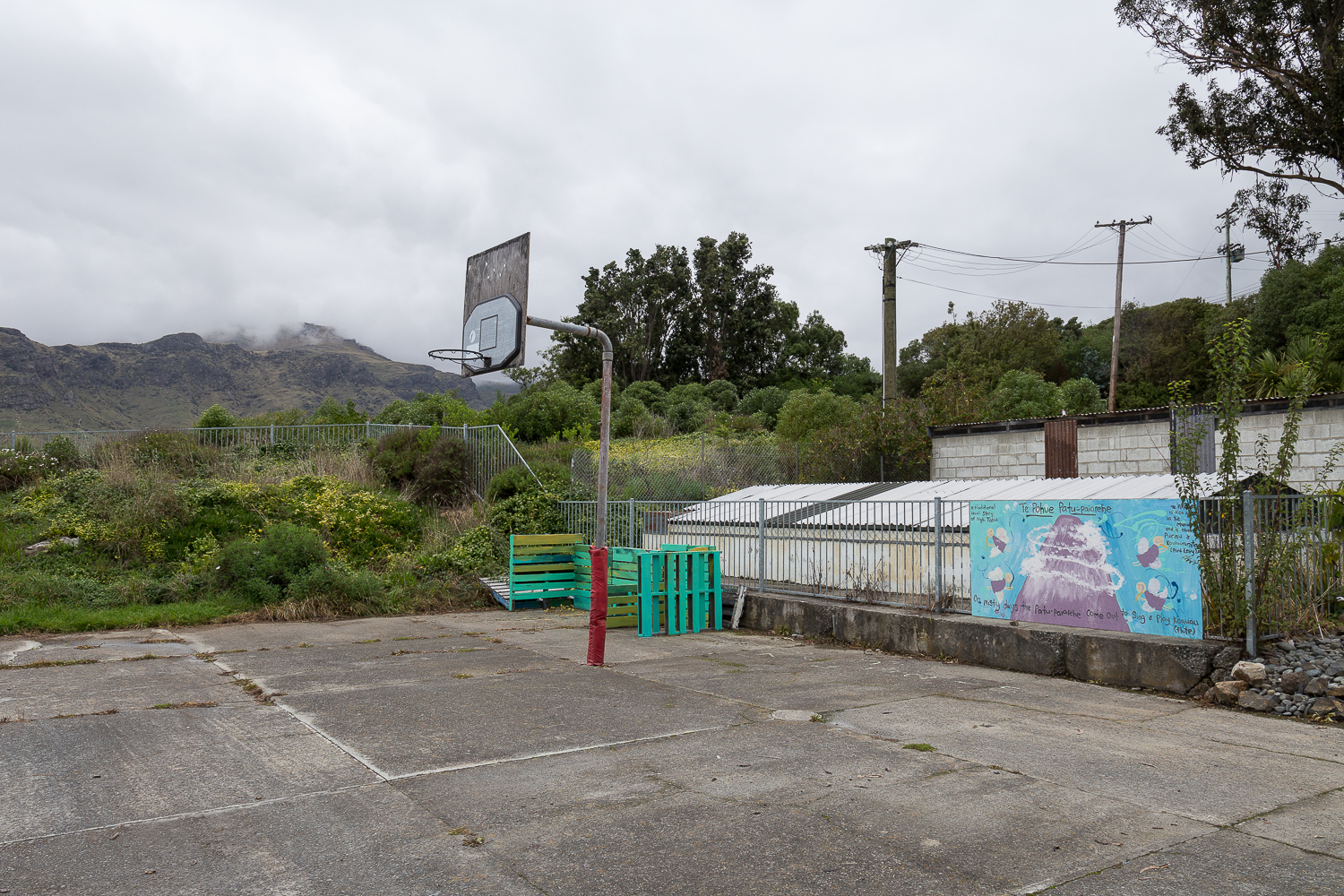
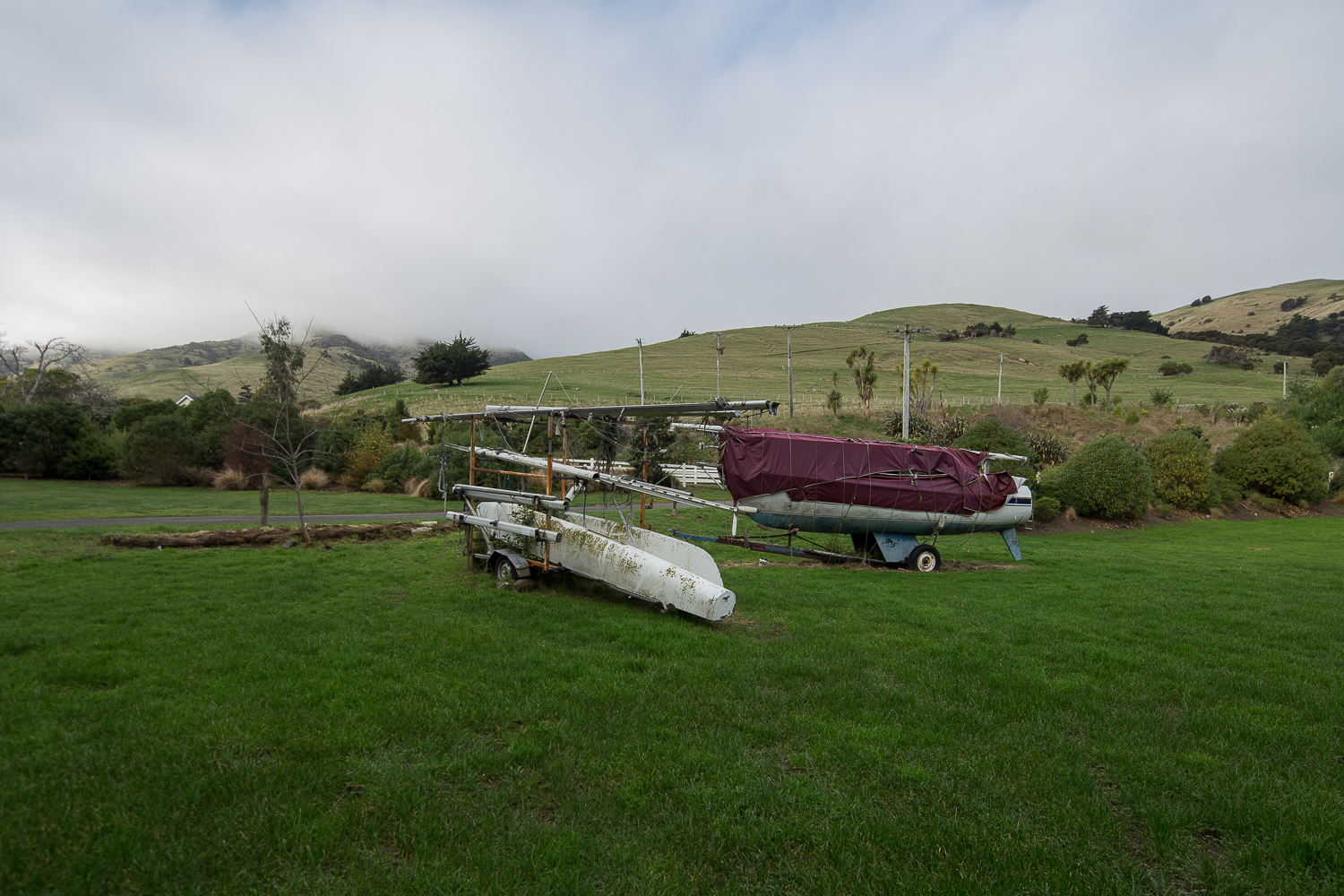
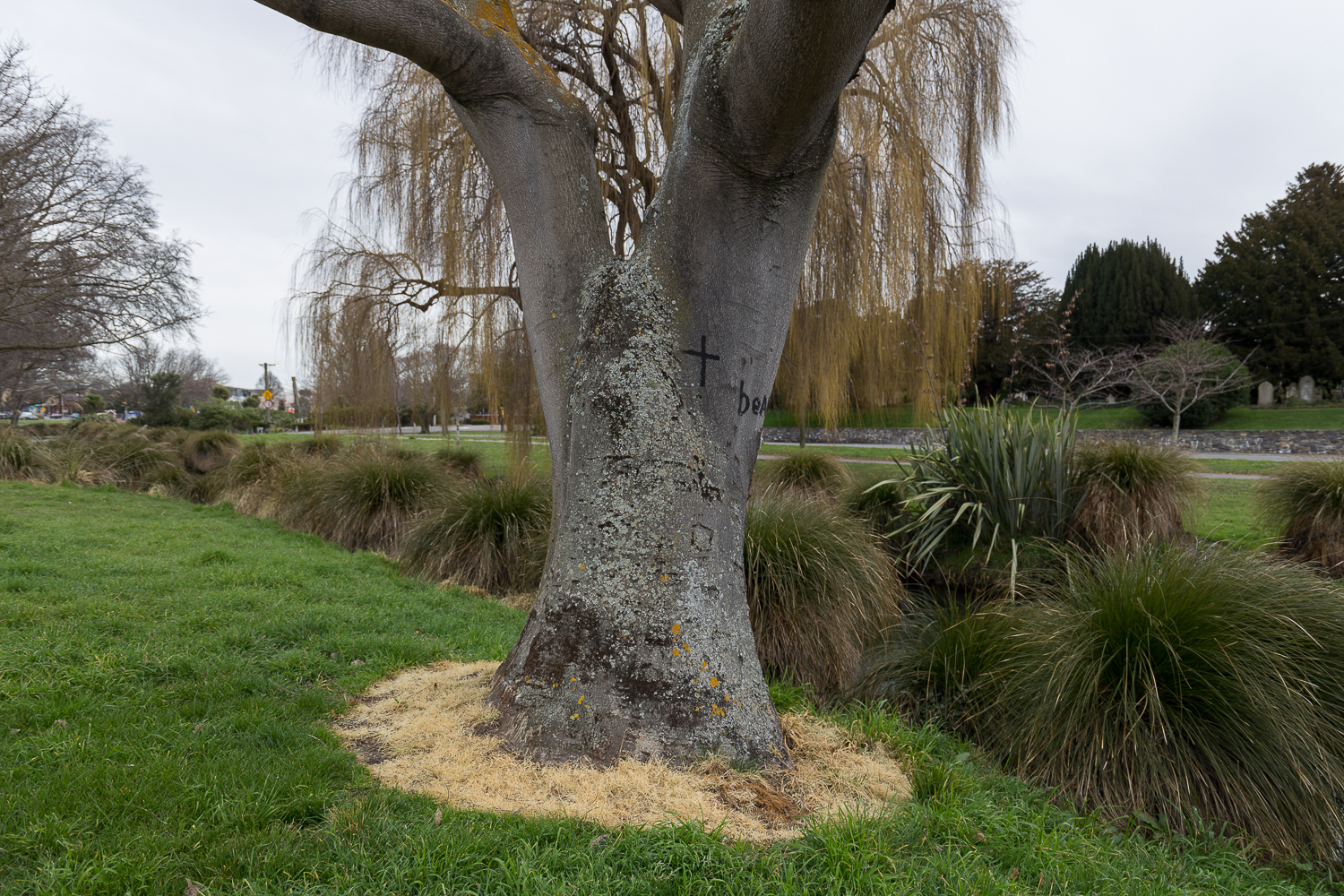
“(L)andscapes are full of things that most people simply don’t see. Some may look at the landscape and notice the light and dark, the vulnerabilities and regenerative life forces in the shifting, chancy interplay between culture and nature. The appearance in the mind even, of a symbol or two. But they're more likely to move on to another view before the prospect can affect them” – Geoff Park, Theatre Country: Essays on landscape and whenua (1)
Photographer Arabella Spoors, 25, grew up in Christchurch and spent much of her childhood on Banks Peninsula. She came to photography during her high school years. While struggling with an undiagnosed specific learning disability, she found photography, coupled with history and writing, a form of expression, she says, “where there was no right or wrong, just pure creativity, which is a strong point for me that was rarely acknowledged at school.”(2) In 2018 Arabella completed her Honours in Photography at the School of Fine Arts, University of Canterbury. She has since exhibited at Chamber Gallery, Rangiora, and PG Gallery in Christchurch.
Her current work, Bloodlines, is part of Place in Time: The Christchurch Documentary Project, established in 2000 at the University of Canterbury’s School of Fine Arts, now under the directorship of Tim J. Veling. Arabella’s work is predominantly documentary based, using photography and text to explore themes around place and personal and cultural identity. Bloodlines is an ongoing project documenting places of cultural and historical significance associated with her Ngāi Tahu ancestry.
Photography resonates with memory. In recording a moment already past, its hold on the present is precarious. But, as argued by German philosopher Walter Benjamin, the photograph also works to project the future. As he wrote in his 1931 essay Little History of Photography, “No matter how artful the photographer, no matter how carefully posed his subject, the beholder feels an irresistible urge to search … for the tiny spark of contingency, of the here and now.”(3)
But connecting the past with ‘here’ (place) and ‘now’ (time) is not always straightforward. The ‘here’ is a cross on a personal map marked with the familiar streets and buildings and travel routes through which we negotiate our lives: home, school, work, shops; the café where we worked, the park where we first kissed. The ‘now’ is a point in the slipstream of our collective and personal history, encoded in timelines of migration and settlement, births and deaths.
But what happens when those markers of place are damaged or gone? When the threads of whakapapa are torn?
The Christchurch earthquakes of 2011 disrupted the physical framework of ‘here’. Since the September 2010 earthquake, 80 per cent of the buildings in the central city have been demolished. This was the subject of Spoors first photographic project. Echoes (2016) documents the empty sites and damaged buildings of the Christchurch city centre and suburbs, the wreckage not just of the city’s built structures but also of the landmarks of Spoors’ personal history.
The ‘now’, the story of Spoors’ family line, is similarly fractured. Both her mother and her mother’s birth mother were adopted, raised in families that denied their Māori heritage. Spoors herself was brought up the “Pākehā” way. As she writes, “We lived in the family home for a number of years, where please and thank-you’s were essential, with well spoken, rounded vowels. A dinner bell would be rung to call everyone to the table.”(4)
In Bloodlines Spoors takes up the mantle of her mother’s search for her father – a man born in Stara Hut, Czechoslovakia, she discovers – and, beneath the rounded vowels and dinner bells, her own Māori ancestry. “By engaging with the land and immersing myself in the things that surrounded me,” she writes, “my work has allowed me to retrace the footsteps that my ancestors once trod.”(5)
Arabella Spoors, Cathedral Square, kōiwi tangata site, Bloodlines
In this series of works Spoors records a number of historical sites in and around Christchurch and Banks Peninsula, sites long disinvested of the physical evidence of their Ngāi Tahu and Ngāti Toa significance. In the city centre, ChristChurch Cathedral, a broken church built over an unheeded urupā, is a dark silhouette in the night; Victoria Square/Ti Tōuka o Puari, once part of a large Māori settlement, spreads out beneath the fronds of willow trees grown from cuttings taken from Napoleon’s grave on St. Helena. An empty, puddled site marks not only the destruction of an inner city church that stood here before the earthquakes but also the erasure of the former burial site of Ngāi Tahu chief Te Potiki Tautahi.
Further out of the city, a railway line marches a straight course over the site of the former Ōpāwaho pā to Lyttleton port; the mossy headstones of the cemetery at Woolston/Roimata stand close to the Heathcote/Ōpāwaho River, once a rich source of mahinga kai, later a polluted outflow for the local tanneries.
“After the earthquake, when so much had gone there are still places like these that aren’t tangible things but they are part of the whenua of the land,” says Spoors. “After feeling such a loss of heritage after the earthquake I was trying to look for things beyond buildings to create that connection.”(6)
Further out again, the shadowed landscapes and rock formations of Birdlings Flat/Te Mata Hāpuku, Lake Forsyth/Wairewa and Lake Ellesmere/Te Waihora, once rich sources of bird and sea life, appear as evacuated sites on the unmarked map through which Spoors travels. In a brooding overcast landscape the low-lying fortifications of Fort Jervois, built in the 1880s on Ripapa Island, crouch above Lyttelton harbour. But the stark outline of the hills and the rocky shore hold older memories, the literal bloodlines of the title, when Ngāi Tahu chiefs Te Whakataupuka and Spoors’ ancestor, Te Matenga Taiaroa, attacked a pā, their warriors rolling giant boulders down the hill to crush those trying to escape. In a simple, uncluttered photograph of Pegasus Bay, a sun-striated sand dune, marked only by a single line of footprints, marks the site of Kaiapohia pā, built around 1700 and later sacked by Ngati Toa chief Te Rauparaha.
Arabella Spoors, Convicts Track, Allandale, Ōhinetahi pā, Bloodlines
Illuminated in late afternoon sun or early evening, these abandoned beaches, grassed headlands, graffitied bridges, shrouded hillscapes and patches of straggly bush hold the stories of pre-European Ōtautahi Christchurch and Spoors’ own family, stories long silenced, written out and over but here re-invested with the rich history of settlement, war and whanau that completes the picture of here and now.
The past crowds in.
In her scrapbook of the same title these images are interspersed with the vernacular of diary entries, snatches of poetry, screenshots of Google maps of the Bohemian countryside suggesting a virtual search for her grandfather’s family, illustrations from old publications about early Maori – impersonal and imperfect. She includes a travel snap from her parents’ trip to Prague, her mother then unaware of the bloodlines that tie her to Eastern Europe; a family photo showing her great great grandfather, Thomas Whaturoa Ellison; a mihi by Riki Te Mairaki Ellison-Taiaroa for the rich eeling grounds of Wairewa: “Floormat of the lamprey / Eddying pool of the whitebait / Sleeping grounds of the black flounder / The sustenance of my ancestors.”(7)
The walls close in, the family line reconnects.
She quotes her mother’s email to her mother: “As far as my father is concerned, all I wanted to know was his name and where he was from. This is the other ‘missing front tooth’ for me. I am not here to judge you, nor the situation you found yourself in then.”(8) She includes too a quote from a TedX talk by Tame Iti in 2015: “Everyone in the room has some form of mana. It comes from knowing who you are, where you come from and your connection to your land. Mana grounds you and makes you solid. Mana brings you to your past present and future.”(9)
In Bloodlines Spoors reveals that connection to the past through the landscapes of her ancestors, locating the “missing teeth” of family history within a territory that has been occupied, written over, damaged and, here and now, re-examined in a series of atmospheric yet understated photographs.
Sally Blundell is a Christchurch-based journalist and arts writer.
References
1 Geoff Park, Theatre Country: Essays on landscape and whenua (Wellington, Victoria University Press) 2006, p57
2 Email interview with the author, 11 March 2019
2 Qtd in Shawn Michelle Smith and Sharon Sliwinski, eds. Photography and the Optical Unconscious (Durham, Duke University Press) 2017, p11-12
3 Arabella Spoors, Bloodlines, unpublished book
4 Arabella Spoors, Bloodlines, https://placeintime.org/projects/bloodlines
5 Interview with the author 28 February 2019
6 Spoors, unpub. Op. cit
7 Spoors, unpub. Op. cit
8 Spoors, unpub. Op. cit
Extended captions for slideshow
Slideshow captions for mobile devices
(see below for social media shares)
Arabella Spoors, The Green, Māori resting place, Bloodlines
Arabella Spoors, The Weeping Willows of Victoria Square, Puari Pā, Bloodlines
Arabella Spoors, Kaiapoi pā, Pegasus Bay, Bloodlines
Arabella Spoors, Ōmawete, Cooper's Knob, Bloodlines
Arabella Spoors, Port Levy, Koukourārata, Bloodlines
Arabella Spoors, South Brighton, Te Ka o te Karoro, Bloodlines
Arabella Spoors, Ōpāwaho Pā site, Poho Are-Are track, Opawa, Bloodlines
Arabella Spoors, St. Luke's Church site, Burial site of Cheif Tautahi, Bloodlines
Arabella Spoors, Former Public Library Building, Waitaha urupā, Bloodlines
Arabella Spoors, Purau pā facing Mt. Herbert Te Ahu Pātiki & Ripapa Island, Bloodlines
Arabella Spoors, Ripapa Island pā, Fort Jervois, Bloodlines
Arabella Spoors, Inainatu Bay, Bloodlines
Arabella Spoors, Birdlings Flat, Te Mata Hapuku, Bloodlines
Arabella Spoors, Lake Forsyth Wairewa, Bloodlines
Arabella Spoors, Te Ahu Pātiki, Mt. Herbert, Bloodlines
Arabella Spoors, Pigeon Bay, Wakaroa, Bloodlines
Arabella Spoors, Barbadoes Street Cemetery, Puari pā, Bloodlines
Essay made with funding from Creative New Zealand


